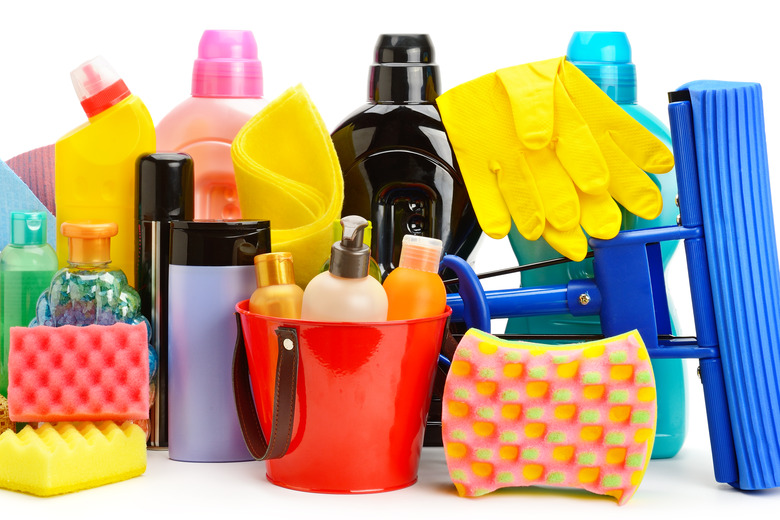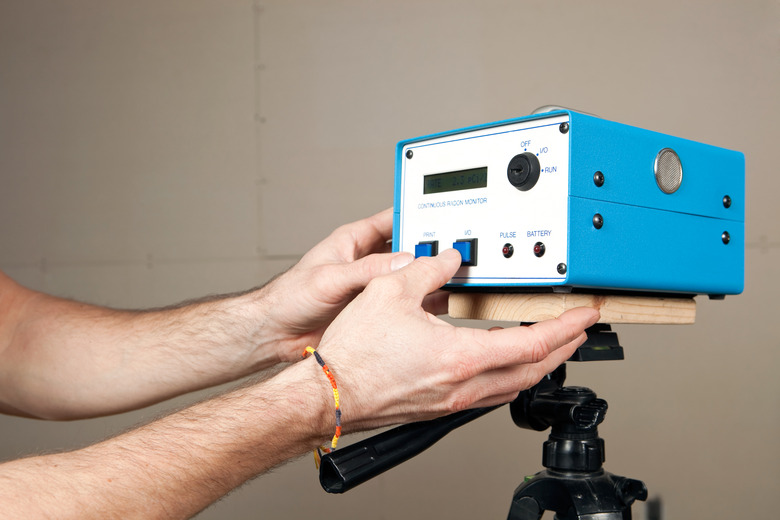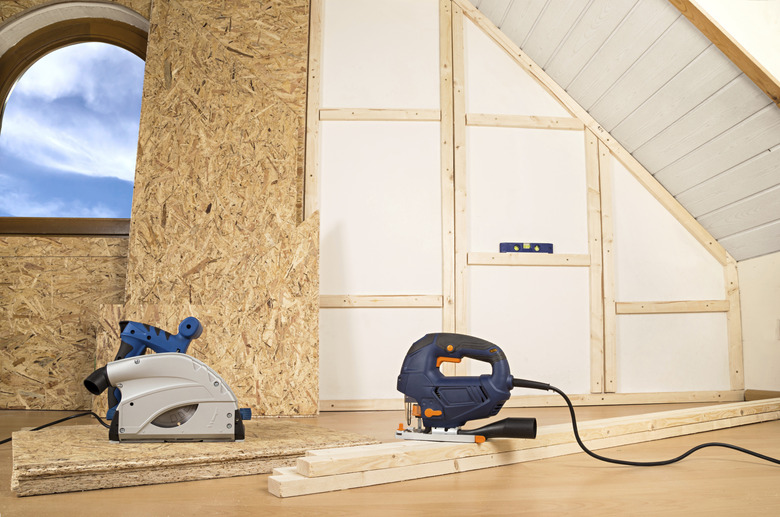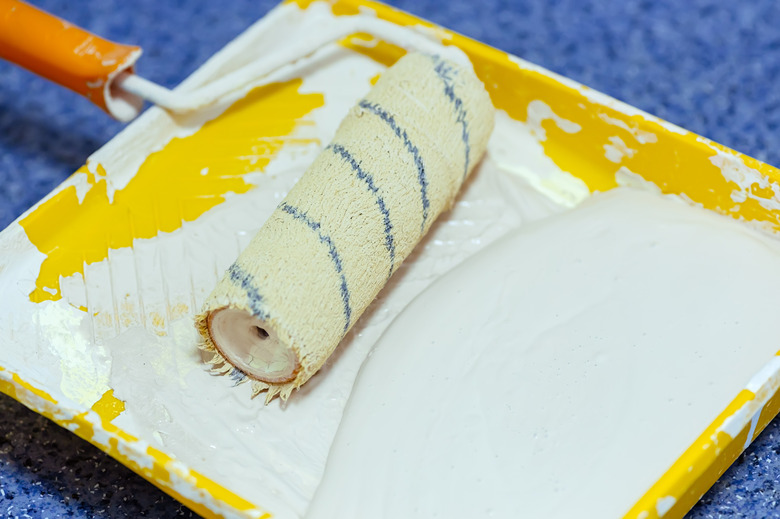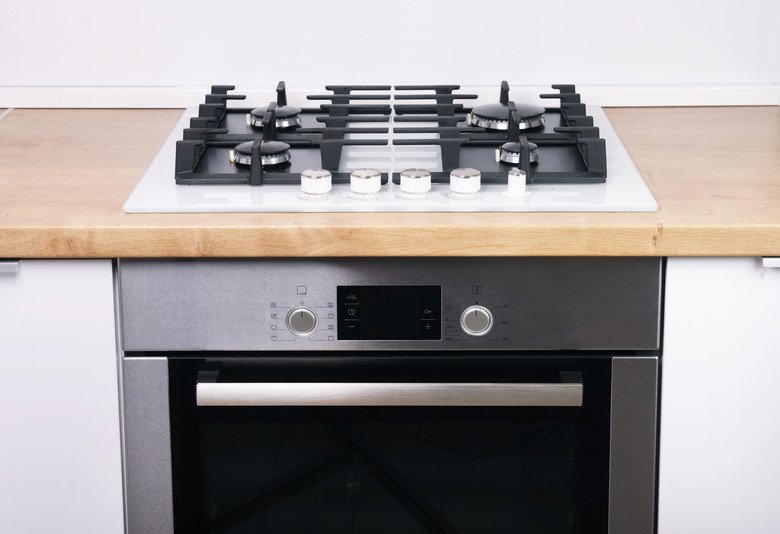Toxic Household Gases
We may receive a commission on purchases made from links.
The home can be hazardous to your health, for a variety of reasons, including toxic household gases. The home, with its stockpile of cleansers, chemicals, and manufactured items, can be a cesspool of toxic gases. Manufactured goods contain a surprising quantity of chemicals, many of which have not been thoroughly tested for their effect on human health. Fortunately, homeowners can alleviate the dangers of toxic gases in their homes by using these products sparingly and safely and being aware of naturally occurring gases that can be dangerous.
Radon Toxic Gas
Radon Toxic Gas
Radon, a colorless and odorless gas, occurs in the environment naturally, a by-product of decaying uranium in the soil and bedrock. High radon levels afflict nearly one in every 15 homes in the United States, and the Environmental Protection Agency (EPA) estimates that radon exposure causes nearly 21,000 lung cancer deaths annually. The most accurate method for detecting radon is a certified testing kit, available through state radon offices. Radon mitigation systems are very successful in removing most toxic radon gases from the home.
Formaldehyde in Home Furnishings
Formaldehyde in Home Furnishings
Formaldehyde is one of many volatile organic compound (VOCs) pollutants common in the home. The chemical formaldehyde is commonly found in pressed wood products such as plywood, particle board and wall paneling, countertops, textiles, and other construction materials and home furnishings. Newly manufactured products containing formaldehyde can emit gas for weeks or even years. Urea formaldehyde foam insulation, installed in homes in the 1970s and 1980s, released toxic formaldehyde gases for many years after installation.
Increasing the flow of fresh air into the home with an air exchanger or heat exchanger helps alleviate gas concentrations. Latex paints and vinyl wall coverings block formaldehyde off-gassing.
Solvents and Cleaners
Solvents and Cleaners
Household solvents that produce toxic gases include paint, paint strippers, pesticides, model glue, aerosol sprays, moth repellents, air fresheners, dry-cleaned clothing, bleach, ammonia, and a host of other materials. These products may produce toxic off-gases that become even more harmful when combined. Some gases may cause slight irritation, such as eye and throat burning, but extended exposure to solvent fumes can lead to more serious damage to the lungs, kidneys, and nervous system.
The EPA advises homeowners to purchase solvents in amounts adequate only for immediate use and to promptly dispose of unused quantities. Provide plenty of fresh air when using any solvents and cleaners, and always utilize solvents according to manufacturer instructions.
Carbon Monoxide Gas
Carbon Monoxide Gas
Carbon monoxide is a colorless, odorless gas that inhibits the circulation of oxygen throughout the body. At lower levels, carbon monoxide causes extreme fatigue, headache, dizziness, and nausea. Severe exposure can cause unconsciousness or death.
Carbon monoxide is the by-product of combustible engines and fuel-burning equipment: gas-fueled furnaces, gas ranges, wood stoves, kerosene heaters, electrical generators, and more. The most common sources of carbon monoxide in the home are faulty furnaces and unvented heaters. Check your appliances yearly and provide fresh air and ventilation while gas-burning appliances are in operation.
A carbon monoxide detector is the only way to know if the gas is in your home. Install a CO detector on every level of your home, and test the detectors frequently to make sure they're working.
